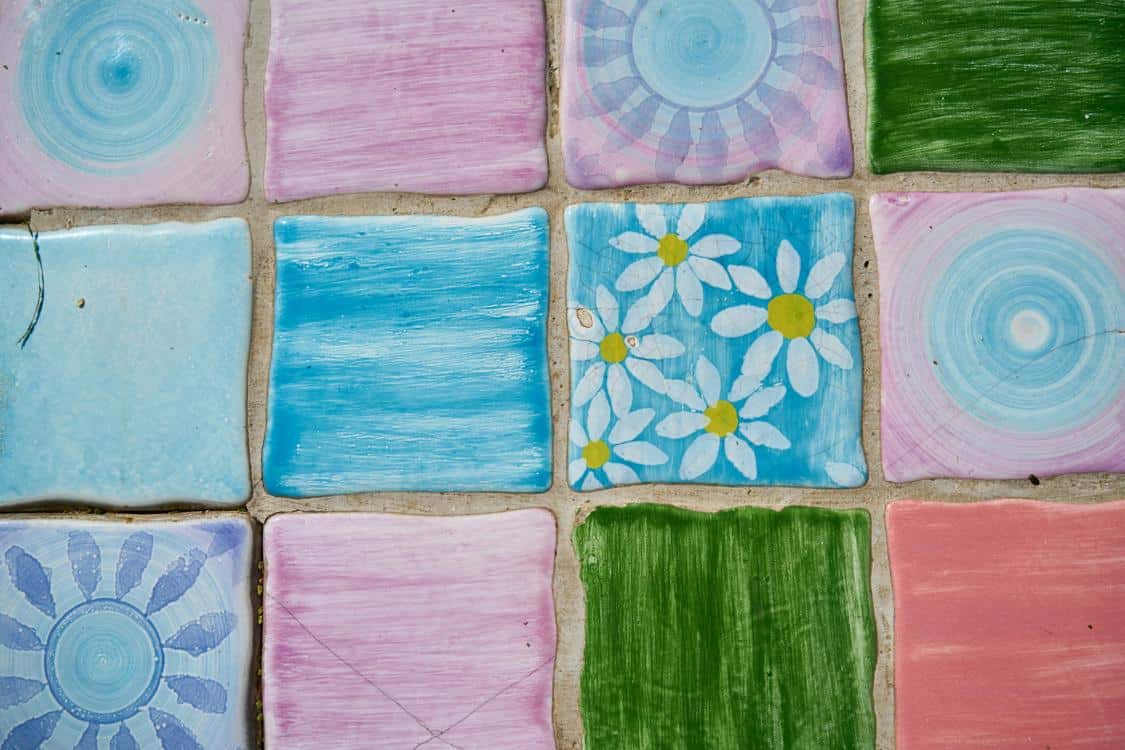Epoxy floor coatings are popular in commercial and industrial spaces, but they also look stunning in residential garages and basements. They are available in a variety of colors and can be mixed to create unique looks.
The color of an epoxy floor has a direct impact on its appearance. It is important to consider your space’s purpose and the aesthetic you want to achieve when choosing a color.
Durability
Durability is a key benefit that makes epoxy flooring ideal, including garages, industrial facilities, and workshops. The strong binding bond between the concrete base and epoxy resin helps to prevent cracks and fractures that can occur due to heavy equipment and traffic. Epoxy floors can also withstand high impacts and are incredibly difficult to scratch or dent. This is a great feature for places with high levels of foot or vehicle traffic, such as retail stores and hotels.
Compared to other flooring types, epoxy floors are also easier to keep clean. They can easily be mopped down and do not require special cleaners or treatments to maintain their appearance. This is a great benefit for facilities that have a lot of foot traffic or those that must maintain strict hygiene standards, like hospitals and food manufacturing.
In addition to their durability, epoxy floors are highly resistant to chemicals. This makes them a popular choice for industrial environments that are exposed to many different chemicals on a regular basis. Epoxy floor coatings are also non-porous, which means spills and stains are easily wiped away without causing damage to the surface.
The longevity of your epoxy floor depends on several factors, including the quality of installation and your maintenance practices. Floors that receive proper care and are regularly mopped and swept tend to last longer than those that are neglected. Proper maintenance includes avoiding the use of abrasive cleaners, as they can dull or chip epoxy surfaces. Typically, an epoxy floor can last 10 to 20 years before it needs to be refinished or replaced, depending on the amount of foot or vehicle traffic and maintenance practices.
Stain Resistant
Unlike carpets, which are susceptible to stains from dirt, oil, and other liquids, epoxy floor coating is stain resistant. The non-porous material is easy to wipe down, and spills can be cleared up quickly. Regular cleaning sessions using gentle detergents can keep your epoxy floors looking like new.
As well as being stain-resistant, epoxy is extremely durable. It can withstand repeated impacts from vehicles, forklifts, machinery, and other heavy equipment. It is also highly resistant to temperature changes and sudden shocks. Additionally, if an epoxy resin is post-cured at a higher temperature, it can increase its strength, service temperature range, and dimensional stability.
Epoxy floors can be designed with a variety of colours and textures, which opens up a wider range of design possibilities than traditional flooring options. Coloured epoxy can be used to highlight important areas in a facility or create a distinct work environment for specific projects. Similarly, different textures can be used to mark out loading bays, forklift paths, and walkways.
In addition to their aesthetic and performance benefits, epoxy floor coatings can be installed in a shorter period of time than other flooring solutions. This saves on installation costs and reduces downtime for businesses, which translates into greater savings over the long term.
With its resistance to abrasions, chemicals, and heat, epoxy can be applied to a number of different surface types, including industrial concrete and wood. It’s especially ideal for warehouses and industrial facilities, as it can withstand the high levels of foot traffic and forklift activity that they can experience on a daily basis. However, it’s a good idea to use mats or rugs in heavily-used areas to protect your epoxy and avoid abrasions.
Slip Resistant
Slip resistance seems like a straightforward concept- it’s the roughness of a surface that creates positive traction and reduces the likelihood of slipping. However, there is a lot more to it than that. It’s important to consider the environment that an epoxy floor will be installed in when making decisions about what kind of slip resistance is required.
Commercial spaces like food and beverage processing plants, pulp and paper mills, and manufacturing sites need aggressive non-slip epoxy flooring systems because they deal with chemicals, liquids, and other materials that could potentially spill and be slippery on the floor coating. Slip and fall accidents are costly, and it’s important that these kinds of environments invest in a flooring system that will meet OSHA slip co-efficient requirements.
It’s possible to make an epoxy floor more slip resistant by adding anti-slip additives during the installation process. Aggregates such as aluminum oxide, silica sand, and sparkle tuff are some common choices that will give an epoxy floor the added traction needed to meet OSHA requirements. However, the downside is that this can also make the floor more difficult to clean as these aggregates are abrasive and tend to wear down over time.
Another option is a rubberized epoxy that has been designed to stretch and flex. This kind of epoxy, which is often used on wood floors but can be applied to concrete, has been formulated to have 100%-300% elongation. The slight flex of the coating will conform to your shoe or foot, creating an even greater slip resistance.
A final solution is to apply a topical anti-slip coating after the epoxy has been cured. These types of coatings can be removed when necessary but will give an epoxy floor the added traction it needs to comply with OSHA standards for slip resistance.
Easy to Clean
Epoxy floors are designed to withstand the daily wear and tear of busy areas like garages and warehouses. Their easy-to-clean nature is ideal for spaces where functionality goes hand in hand with beauty. They allow a quick sweep and occasional mop to preserve the pristine look of your floors.
Depending on the amount of traffic in your facility, you may need to perform a deeper clean more frequently. This is especially true if your floor is subject to spilled chemicals or if it gets hit by dusty environment. If the dirt and dust are allowed to stay on the floor, it can embed in the epoxy and cause scratches when you lift heavy equipment or drive over the surface.
To prevent this, wipe up any antifreeze or oil spills as soon as they happen with a shop towel and dispose of them properly. Paint, household cleaners and other abrasive liquids should also be cleaned up immediately. A sponge, plastic scouring pad or soft deck brush can be used to remove any stubborn stains. Avoid using abrasive cleaning products or steel wool on your epoxy surfaces, as they can scratch and damage the finish of your floors.
To keep your epoxy floors looking their best, take the time to protect them with a walk-off mat at the entrance of your workspace. This can catch any dirt, sand and moisture that might have accumulated and prevent it from being tracked onto your clean floors. Placing a soft pad underneath your vehicle’s kickstand and a welding mat under any equipment that will be lifted on the floor will also help. Strategically placing furniture can also reduce the likelihood of scratches and scuffs to your pristine epoxy floors.
Energy Efficient

Epoxy floors are known for their longevity and robustness, meaning you won’t have to worry about a costly replacement for a long time. The material is also energy efficient, reflecting light and brightening rooms without the need for additional lighting. In addition, you can have the floor designed to look like a canvas for unique visual effects that aren’t possible with regular paint. The use of unique metallic pigments create a sense of depth and movement on the floor, making it a popular choice for commercial spaces.
Minimal Maintenance Requirements
Epoxies are easy to maintain, requiring only regular sweeping and occasional mopping to maintain their lustrous appearance. This translates to a significant savings on time and resources that would otherwise be spent on expensive cleaning products and elaborate upkeep procedures.
The smooth surface of epoxy also repels dust and allergens, reducing the risk of airborne contamination in environments where hygiene is paramount. Moreover, the material can be formulated with anti-slip additives to prevent accidents in wet or slippery conditions.
A well-installed epoxy coating is also highly durable, resisting abrasions and impacts better than other flooring materials. In addition, the seamless application eliminates weak joints and seams that can deteriorate under stress or impact, further enhancing the floor’s durability.
Although epoxy coating can be installed as a DIY project, the intricacies involved with preparing the substrate and administering the material require the deft touch of an experienced professional. A minor miscalculation during the process can lead to a range of issues, from unevenness and compromised adhesion to premature surface damage. The insight of a skilled technician ensures a flawless outcome every time.
